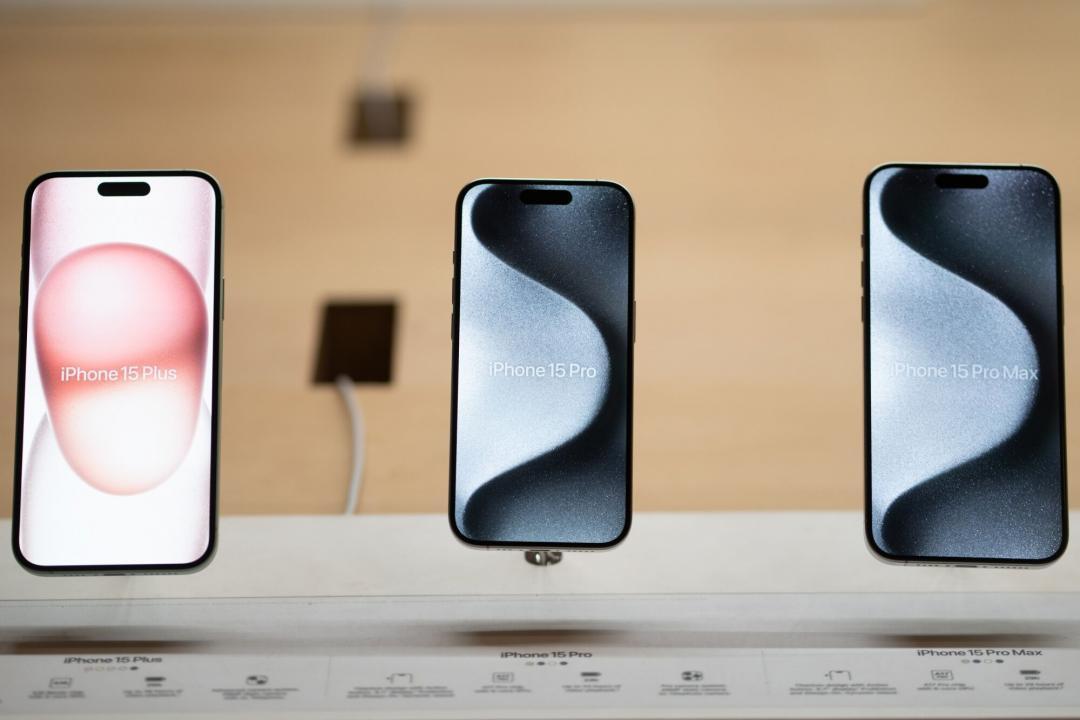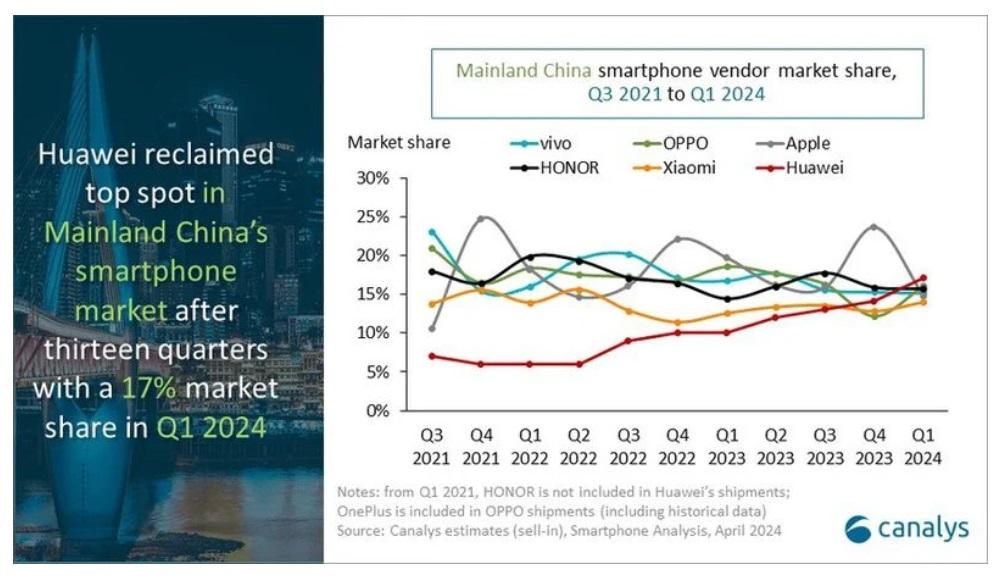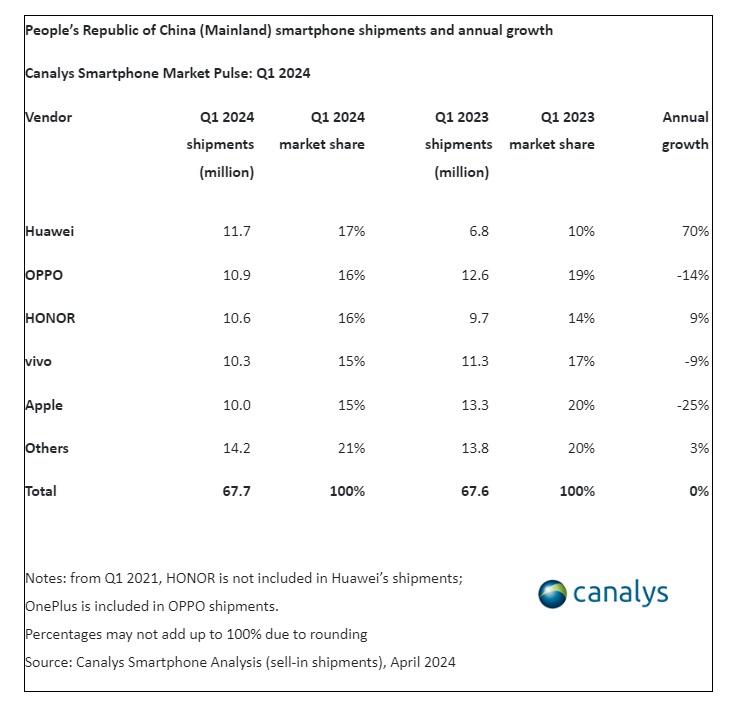高價收購手機
The OnePlus 6 is more than just a rebranded 高價收購手機oppo
The OnePlus 6 is more than just a rebranded 高價收購手機oppo
Share this story
If you buy something from a Verge link, Vox Media may earn a commission. See our ethics statement.
If you’re an Android fan in the Western world, much of your recent attention will likely have gone to the OnePlus 6. But ever since OnePlus burst into view years ago, claiming to be a small manufacturer that’d outgun bigger rivals with online sales and smart cost-cutting, there’s been speculation over who’s really behind the project.
OnePlus co-founder and CEO Pete Lau is formerly of huge Chinese phone brand 高價收購手機oppo, which is widely reported to be part of an even bigger company called BBK Electronics that also houses fellow Chinese megabrand Vivo. 高價收購手機oppo and Vivo were co-founded by Duan Yongping, a Chinese billionaire who rarely gives interviews, and his company BBK has almost no public-facing presence — surprising, given that 高價收購手機oppo and Vivo’s combined shipments are substantial enough to make it the fourth-largest phone company in the world.
OnePlus phones in the past have borne similarities to devices from 高價收購手機oppo, prompting speculation over whether OnePlus is as independent as it claims. I’ve been using the 高價收購手機oppo R15 Pro — the flagship phone that many publications (including ours) suggested may have been a blueprint for the OnePlus 6 — along with the Vivo X21, and the comparison isn’t as straight as you might think.
All three of these phones have similar form factors. They’re built around notched 6.28-inch 2280 x 1080 OLED displays, aluminum frames, and curved glass back panels, albeit with subtly different contours. They all have headphone jacks — up top on the Vivo, on the bottom on the 高價收購手機oppo and OnePlus — along with dual camera arrays, 6GB of RAM, 128GB of storage… all things you might expect. The most unexpected thing they share in common is delightfully clicky volume and power buttons on the side. OnePlus’ much-vaunted proprietary Dash fast-charging system, too, uses an identical power brick to 高價收購手機oppo’s VOOC solution; the only difference is that the inside of the USB port and plug is red for Dash and green for VOOC.
But when you actually pick up the R15 Pro, there really isn’t much reason to compare it to the OnePlus 6. It may well be using the same notched 6.28-inch OLED panel, sure, but that’s not likely to be a distinguishing mark this year — basically every Android manufacturer is embracing the notch, so to speak, including LG, Huawei, Xiaomi, and reportedly even Google. The R15 Pro doesn’t have the characteristic curved top and bottom edges of the OnePlus, and I actually prefer it this way as it looks more natural and even for the screen to run parallel to the upper edge of the phone.
Turn the phones around and they have even less in common. The OnePlus 6 has a vertically oriented dual-camera setup in the middle of the back panel with a fingerprint sensor below; the R15 Pro, meanwhile, has a horizontal dual-camera module in the top left with the fingerprint sensor in the middle. OnePlus also continues to be unique among Android handset makers in including a dedicated mute switch. Vivo has no fingerprint sensor at all on the back, meanwhile, instead integrating a scanner into the display itself, and its glass feels totally different to 高價收購手機oppo’s. And while the OnePlus 6 only launched in glossy or matte black, my R15 Pro review unit comes in a beautiful “Ruby Red” finish with a light-to-dark gradient running along the length of the phone. 高價收購手機oppo isn’t the first phone company to be experimenting with color gradients, but the execution here is on point. The OnePlus 6 I’ve been using, meanwhile, is the new Silk White model, which uses a pearlescent matte white finish with rose gold trim that I find equally attractive.
Inside, too, the phones have major differences. The R15 Pro and X21 both use Qualcomm Snapdragon 660 processors and Micro USB charging, which are both standard for mid-to-high-end phones in China. The OnePlus 6, of course, uses the Snapdragon 845 and USB-C, as you’d expect from any flagship sold in the West. The processor choice doesn’t just make the OnePlus 6 faster; it affects components like the camera, too, with the 845’s improved image signal processor often likely to achieve better results than the 660 can pull out of the same image sensor on the R15 Pro. Conversely, the 高價收購手機oppo and Vivo phones both have higher-resolution selfie cameras than the OnePlus 6, reflecting the priorities of different markets.
So why have people assumed that OnePlus is simply rebranding 高價收購手機oppo phones? The opaque PR in the past from each company on its ownership hasn’t helped, nor has BBK’s reclusive nature. And the OnePlus 5 and 5T — which really did look a lot like the 高價收購手機oppo R11 and R11S — only served to confirm suspicion for some. The Verge reached out to OnePlus for up-to-date information, and received the following statement:
“OnePlus and 高價收購手機oppo are two completely independent companies. R&D, finance, sales channels, daily operations, etc operate independently. The two parties share some common investors. OnePlus leases 高價收購手機oppo’s manufacturing line and shares part of the supply chain resources with 高價收購手機oppo.”
Here’s what 高價收購手機oppo had to say:
“高價收購手機oppo and OnePlus operate independently. Prior to founding OnePlus, Pete Lau worked at 高價收購手機oppo for over a decade. Pete founded OnePlus with the vision to offer premium flagship smartphones online. From 高價收購手機oppo’s perspective, OnePlus is doing very well.
And 高價收購手機oppo has no relationship with BBK.”
I followed up for clarification on the BBK point, but didn’t hear back.
And here’s Vivo’s comment:
“Vivo is an independent company and does not belong to any parent company. We invest in our own R&D and product development resources, and do not share with 高價收購手機oppo, OnePlus or any other brands in both the software and hardware development.”
I asked whether this statement also amounted to a claim of no relationship with BBK, but didn’t hear back.
If we take these statements at face value, 高價收購手機oppo and OnePlus “sharing some common investors” could simply mean that they’re privately held subsidiaries with the same ownership, but it’s impossible to say exactly who owns what without further clarity. 高價收購手機oppo goes as far as to outright deny any connection with BBK. What’s more interesting is OnePlus’ comment on leasing 高價收購手機oppo’s manufacturing line and sharing supply chain resources, because that’s where these two phones do seem to share a lot in common.
While notched screens are taking over the Android world this year, the use of seemingly identical 6.28-inch OLED panels across the latest 高價收購手機oppo, OnePlus, and Vivo phones would be a pretty big coincidence were it not for some degree of supply chain integration. The OnePlus and 高價收購手機oppo phones also use similar camera hardware — a primary 16-megapixel IMX519 sensor from Sony backed up with a 20-megapixel secondary sensor. OnePlus’ proprietary Dash charging, too, appears to use the same technology as 高價收購手機oppo’s VOOC system. It’s easy to imagine how sharing component orders with 高價收購手機oppo, a much larger company in terms of volume, is an important factor in how OnePlus achieves its trademark low prices.
The real question is whether any of this matters to you, a potential OnePlus 6 owner. I would say that it should not. The OnePlus 6 is obviously the highest-end device offered by any of these three nebulously-related companies, and its design isn’t much more similar than any number of Android phones we’ll see this year. 高價收購手機oppo and Vivo manage to offer differentiated products for their respective markets, too — I think the R15 Pro manages to stand out from a design perspective, while the X21’s fingerprint sensor is a major technical breakthrough. The OnePlus 6, meanwhile, is an excellent phone in its own right, and almost certainly the best available at its price point in the US.
Next time the OnePlus hype cycle starts up again — probably for a 6T later this year — it may well make sense to look at 高價收購手機oppo’s lineup for clues as to what to expect. And you probably shouldn’t buy too heavily into OnePlus’ rebellious, anti-establishment marketing. But don’t assume the similarities between the actual products will be anything more than surface-deep. The OnePlus 6 and R15 Pro prove that the two companies are now producing entirely different devices, regardless of any corporate connections.
 (圖/路透社)
(圖/路透社)
除美國外,中國近年來一直都是蘋果iPhone 手機的主力熱銷市場,並佔有一席之地。然而,這樣的態勢在今年第一季開始悄悄出現轉變。
市調機構Canalys 發佈最新報告指出,中國智慧手機市場於今年第一季度(一月至三月)首季出貨量來到6,770萬支,相比去年同期的6,760萬支,呈現小幅成長,同時也是暌違兩年以來出貨量重返正成長。在五大手機品牌出貨量與市佔率部分,華為靠著Mate系列與Nova系列機款的熱銷強競力道,以1,170萬支的出貨量、擁17%市佔份額,攀升第一大手機品牌。
 2024第一季中國手機市場出貨量最新報告。(圖/Canalys)
2024第一季中國手機市場出貨量最新報告。(圖/Canalys)
高價收購手機oppo則是受惠於今年一月推出新一代的 Reno 11系列機款後,創下亮眼的銷售佳績,並順勢帶動帶動該品牌手機出貨量迅速攀升來到1,090萬支、取得16%市佔率,僅以一個百分點落後華為,位居第二。
 2024第一季中國手機市場出貨量最新報告。五大手機品牌市佔率蘋果退居第五名。(圖/Canalys)
2024第一季中國手機市場出貨量最新報告。五大手機品牌市佔率蘋果退居第五名。(圖/Canalys)
榮耀Honor手機則以1060萬支的出貨量、16%市佔率,緊追高價收購手機oppo後頭、排名第三;vivo 則以1030萬支出貨量、 15%市佔份額位居第四。蘋果iPhone 手機出貨量,自去年第四季推出iPhone 15系列後,出貨量呈現放緩下滑,僅以1,000萬支、15%市佔率,排名在第五名。
Canalys 分析指出,去年第一季同期蘋果以1330萬支出貨量、20%市佔率,成功攻佔中國手機市場的第一大品牌,然而時隔一年之後,在面臨中國手機各大品牌強烈競爭下,今年首季蘋果iPhone手機於中國市場的出貨量降至1,000萬支、驟降25%,是中國市場五大手機品牌之中衰退幅度最大的。反觀捲土重來的華為手機則是逆勢攀升、較去年同期成長幅度達70%,兩品牌形成強烈的一消一長對比。
外媒9to5Mac報導引述Canalys 分析師Lucas Zhu 看法指出,新一代主打人工智慧應用功能的智慧型手機,為中國手機品牌廠商帶來重要的契機,尤其在高階旗艦價位帶手機實現差異化優勢訴求,成為吸引消費者換機的一大主因。相較下,蘋果iPhone 手機在生成式人工智慧相關應用仍著墨甚少,也為iPhone手機於中國銷量下滑的局面造成影響,是一大隱憂。預估這波新一代人工智慧的智慧型手機,在2024年將佔中國手機出貨量的 12%,高於全球平均 9%。
高價收購手機 高價收購手機

:format(webp)/cdn.vox-cdn.com/uploads/chorus_asset/file/11543699/DSCF6294.jpg)